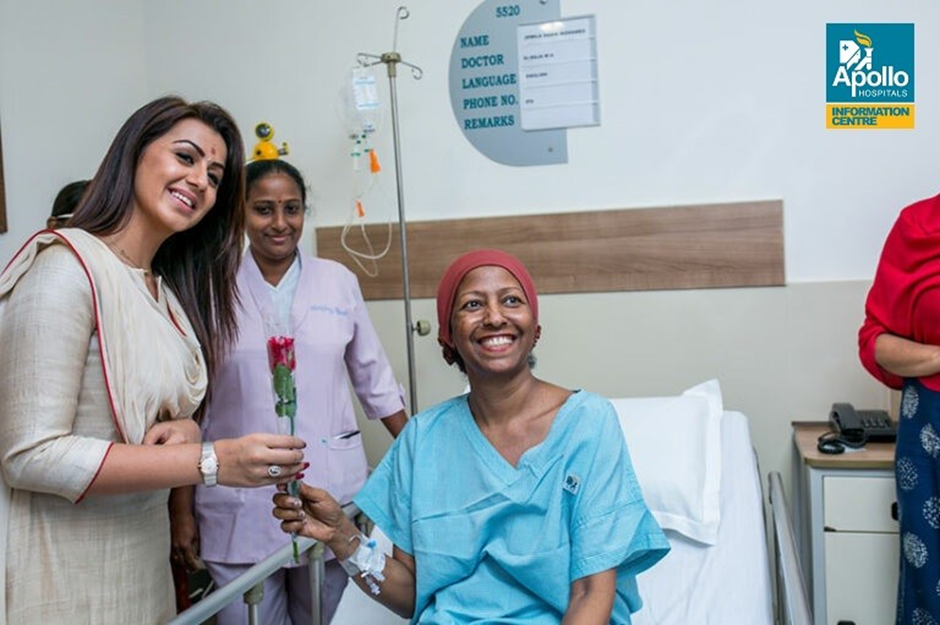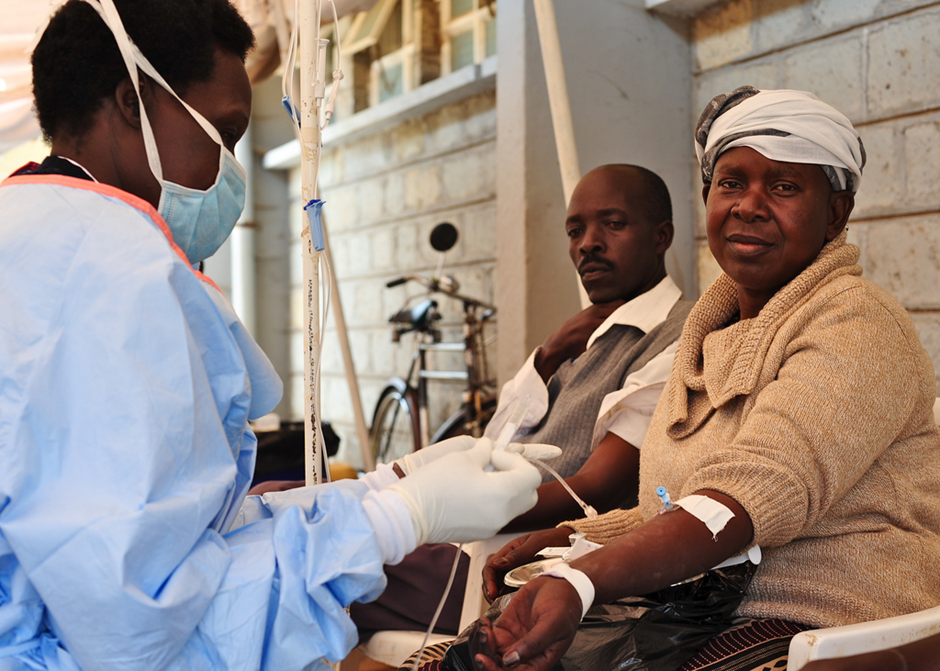
Advancements in Cancer Treatment in Kenya: What Patients Need to Know
Introduction

Cancer remains one of the most challenging health issues in Kenya, with increasing incidence rates in recent years. However, significant advancements in treatment options, technology, and patient care are transforming the cancer landscape in Kenya. In 2025, Kenya’s medical community is embracing innovative therapies, modern technology, and global collaborations to improve cancer outcomes. This blog provides an overview of the latest developments in cancer treatment in Kenya and what patients need to know to navigate their journey with better hope and support.
Recent Advancements in Cancer Treatment in Kenya

1. Precision Medicine and Targeted Therapies
One of the most promising areas of cancer treatment is precision medicine. This approach involves tailoring treatments to individual patients based on their genetic makeup and the specific characteristics of their cancer. In Kenya, cancer centers like the Kenyatta National Hospital have started offering targeted therapies, which aim to destroy cancer cells while minimizing damage to healthy tissue.
2. Immunotherapy Breakthroughs
Immunotherapy, a treatment that harnesses the body’s immune system to fight cancer, has shown great promise globally and is beginning to gain traction in Kenya. Hospitals are now offering immunotherapy for cancers such as lung, colon, and breast cancer. Though still in early stages in Kenya, this advancement could significantly improve survival rates in the future.
3. Advancements in Radiotherapy
In recent years, Kenya has made strides in improving its radiotherapy services. Newer technologies, such as Intensity Modulated Radiation Therapy (IMRT) and Proton Therapy, are being introduced in some major cancer treatment centers, offering more precise and effective treatments with fewer side effects.
4. Early Detection and Screening

The development of more affordable and accessible screening tools is crucial for early cancer detection. In 2025, Kenya is adopting more widespread use of mammography, colonoscopies, and advanced imaging techniques to catch cancers early, when they are more treatable. This is particularly important for diseases like cervical and breast cancer, which are more common in Kenyan women.
5. Supportive Care Services
As cancer treatments become more advanced, there is also an increased focus on supportive care. Palliative care services in Kenya are improving, offering relief from pain and managing symptoms for patients in advanced stages of cancer. Psychological support, counseling, and cancer rehabilitation are also being integrated into treatment programs to improve quality of life.
Challenges in Cancer Treatment in Kenya
1. Limited Access to Advanced Therapies
While advancements are being made, access to cutting-edge cancer treatments remains limited to a few urban centers. Many patients in rural areas still struggle to access timely and effective cancer care.
2. High Cost of Cancer Care
Although treatment options are expanding, the high cost of cancer care in Kenya remains a significant barrier. Patients often face financial difficulties due to the cost of medications, radiotherapy, and long-term treatment plans.
3. Shortage of Medical Professionals
Despite progress, Kenya faces a shortage of oncology specialists, including oncologists, radiologists, and support staff. This makes it challenging to provide the best possible care for all cancer patients.
What Patients Need to Know

- Early Screening: Regular screenings can detect cancers in early stages, increasing survival rates.
- Treatment Options: Explore all available treatment options, including immunotherapy and targeted therapies.
- Support Systems: Take advantage of psychological and emotional support during treatment.
- Insurance: Review health insurance policies that cover cancer treatment, including newer therapies.
Conclusion
The advancements in cancer treatment in Kenya are a beacon of hope for many patients. With increased access to cutting-edge therapies and improved supportive care, cancer patients in Kenya can expect better outcomes in 2025 and beyond. However, there is still much work to be done to ensure that all Kenyans, regardless of their location or financial status, can benefit from these advancements.
References
- Kenyatta National Hospital – www.knh.or.ke
- World Health Organization – Cancer Care – www.who.int
- Kenya Cancer Association – www.kenyacancer.org
- National Cancer Institute – www.cancer.gov
- Cancer Research UK – www.cancerresearchuk.org




